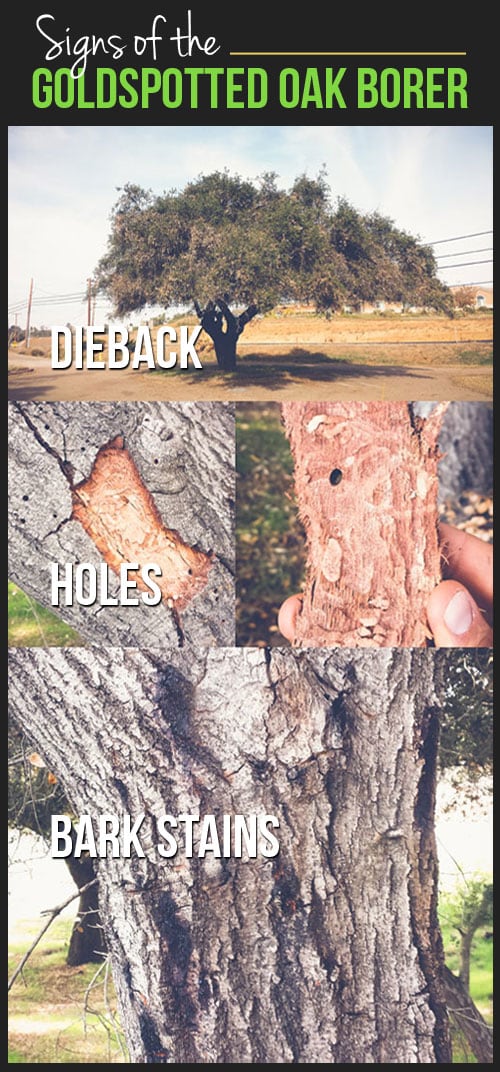Signs It's Time To Remove A Tree - A Homeowner'S Overview
Signs It's Time To Remove A Tree - A Homeowner'S Overview
Blog Article
Created By-Wright Long
Trees include elegance and worth to residential or commercial property, however they can also posture a threat throughout extreme weather condition events. If https://pbswisconsin.org/article/standing-by-live-from-the-shrubbery-at-garden-and-landscape-expo-2020/ has actually stopped growing, is displaying visible fungal growth, or has a leaning trunk, it needs to be removed by a professional to stay clear of property damages and injury.
To get more information, attend a homeowner source fair co-hosted by HPD, the Center for New York City Neighborhoods, and Brooklyn-based housing partners this evening in Bedford-Stuyvesant. The event will certainly feature the Home owner Manual, a new guide to assist property owners navigate the duties of having a home.
1. Dead or Perishing Branches
Trees are an integral part of your home's landscape, using color and elegance. They also offer shelter for wild animals and generate oxygen, but even healthy and balanced trees can experience health problems that might necessitate their removal. Dead or passing away trees aren't just undesirable, they can be unsafe. Their branches might drop throughout a tornado, causing expensive home damage and injuries.
When a tree's branches begin to die, it suggests that its structure is beginning to break down. If most of its branches are dead, it is most likely time to remove it.
Look for a lack of new development, bark peeling, open injuries or cavities, fungis expanding on the trunk or origins and a general look of decay in the whole cover. These signs of infection can suggest a significant trouble that will certainly require specialist tree solutions to resolve.
2. Leaning Trunk
While it's normal for trees to lean periodically because of phototropism, if a tree has a hazardous or extreme lean that's not due to natural processes - it could be an indication that the tree requires to be eliminated. If the tree is favoring a high-voltage line, home, lorry, play framework or any other location that could be unsafe to individuals if it falls, after that getting in touch with an expert tree solution for removal should be a top priority.
It's additionally vital to look for any type of sudden changes in a tree's leaning as it can show damages to the roots or trunk that might bring about falling. This is particularly real throughout thundercloud, since high winds and rain-soaked soil can create a lean to change swiftly. Routine monitoring, particularly throughout and after storms can help property owners acknowledge possible troubles with their trees so they can call an arborist for a detailed assessment.
3. Pest Problem
Some pest invasions, such as wood-boring pests like emerald ash borer or sap-suckers like scale insects, are so severe that they can create a tree to pass away. The very best way to prevent pest invasion is to monitor your trees on a regular basis. Look for areas, holes, or discolorations in the fallen leaves and bark. Analyze the trunk for cracks and indicators of insect damage, such as tunnels or tracks.
If a tree becomes too plagued with bugs, or is close to a home or power lines, an arborist may recommend removal. If a leaning tree establishes a brand-new, unsteady lean, an arborist will likely suggest removal as well to make sure the security of individuals and residential or commercial property. If a damaged or dead tree consistently loses excessive branches, it is an indication that it is time to remove the tree. If a tree continues to drop branches for an extended period of time, it can cause structural issues and potential home damages.
4. Damaged Trunk
Trees are a lovely and fundamental part of our landscape, but they do call for regular care to maintain them healthy and balanced and risk-free. If just click the up coming internet page is damaged irreparable it is most likely time for it ahead down.
Try to find indications of damages to the trunk, including upright splits, seams, dead branch stubs, visible injuries or open dental caries and extreme tree-rot. The visibility of fungis at the base of the trunk is an additional alerting indication. Fungis may indicate that the phloem and xylem (life-support tissues) are compromised, allowing for the spread of condition or a future failure.
Also, think about whether the tree has actually stopped growing. Healthy and balanced trees will certainly have new development every year, which might show up as buds or branches sprouting and expanding. If you don't see any type of brand-new development, it's a good idea to have an arborist examine the tree and follow their recommendation for removal. A passing away or harmed tree can drop and create residential or commercial property damages.